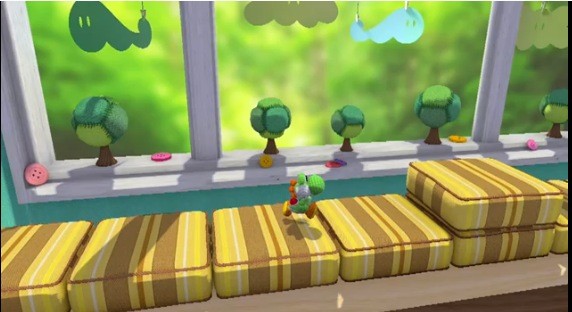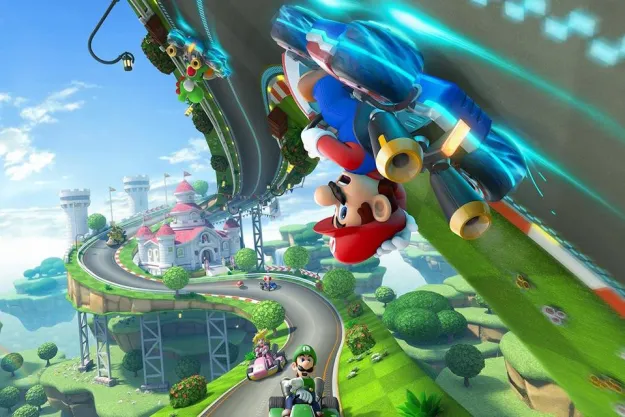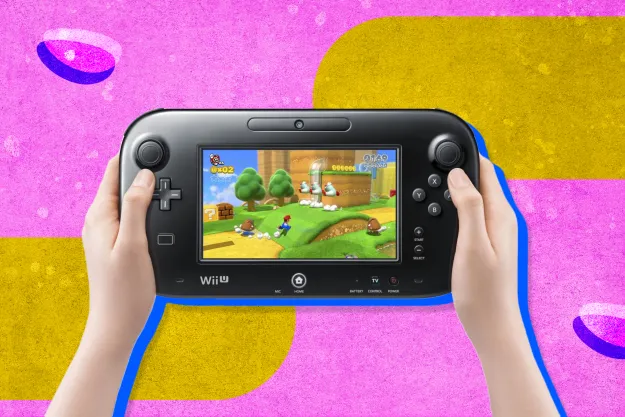
Nintendo held its regular investor question and answer session following last week’s earnings report. President Satoru Iwata, director Genyo Takeda, and creative lead Shigeru Miyamoto addressed questions about the Wii U’s perceived power in comparison to other game consoles and the progress of its internal development teams. With expectations for total Wii U sales lowered to 4 million before the end of the fiscal year in March—down from the previously expected 5 million consoles—Nintendo needs new games to push the system.
There are many new Wii U games in development including new entries in best-selling series like Mario Kart. Those games are far from release though, and investors are curious as to what’s taking Nintendo’s teams so long to produce product. The answer, according to Iwata, is that Nintendo’s teams are only now getting a firm grip on the Wii U hardware.
“[Each] game console has its own unique qualities, and developers must go through a trial and error phase to acquire the knack of taking full advantage of them,” said Iwata, “This time does not come until a final version of the hardware and development tools for the version have been made available and then a base for software development has been established. For Wii U, such a time finally came in the latter half of last year. In this sense, we could not avoid the trial and error stage to create games which take full advantage of the hardware.
“We believe that our in-house development teams have almost reached the next stage. It is not true that we are deadlocked with a lot of trouble in our development. Otherwise, we could not aim for 100 billion yen (around $1 billion) or more in operating profit for the next fiscal year.”
As of now, Nintendo is expecting profits of just $154 million for the fiscal year that ends in March. That’s an improvement over the $530 million loss Nintendo recorded in the last fiscal year but still far from the proposed $1 billion it hopes to earn by the end of next year.
Nintendo will have to rely heavily on the quality of its internally developed titles for those profits as third party developers like Electronic Arts are turning their attention to the next consoles from Sony and Microsoft. During EA’s own earnings report on Jan. 30, CEO John Riccietiello said that the publisher is increasing investment in “what’s coming in consumer electronics” and turning away from current technology. Nintendo’s investors have to hope that Iwata is not exaggerating his developers’ progress.
Editors' Recommendations
- Play these 3DS and Wii U games before Nintendo shutters their online features
- What games will Nintendo Switch 2 launch with? We have some ideas
- Download these rare Wii U games before they disappear
- Nintendo is ending Wii U and 3DS eShop service
- Latest Nintendo Direct ushers in an age of Wii nostalgia


